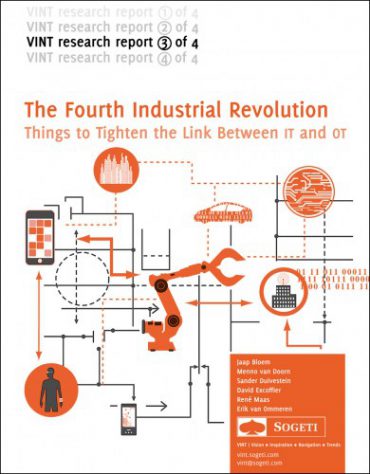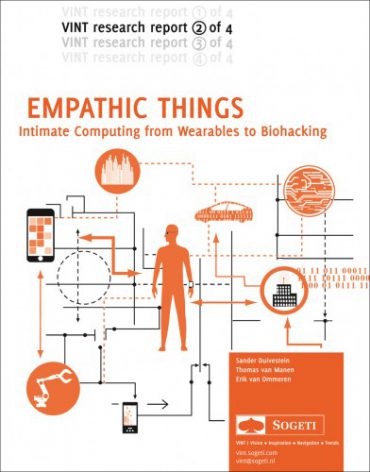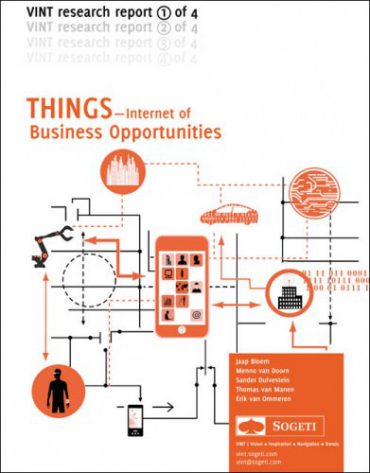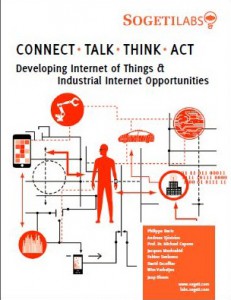SMACT AND THE CITY
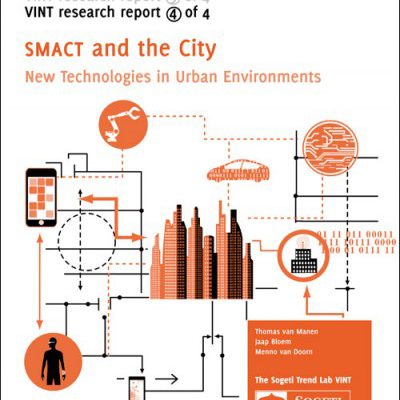
Right from the outset of our research into the Internet of Things, it was clear that the city would be the topic of our final and concluding report. The city is the economic heart of society and the biotope in which people prefer to dwell. At home or on the street, on the way to the theatre, or waiting at school for the bus: the Internet of Things will soon be active at all such places. At least, that is the general expectation. Therefore, the city is a logical place to have a closer look at all these developments. Ultimately, the ingredients ought to converge at all these different urban locations: perfectly working technology, the ease with which people like to serve themselves, and all kinds of other extras that Connected Things promise to provide us with.

 English | EN
English | EN 